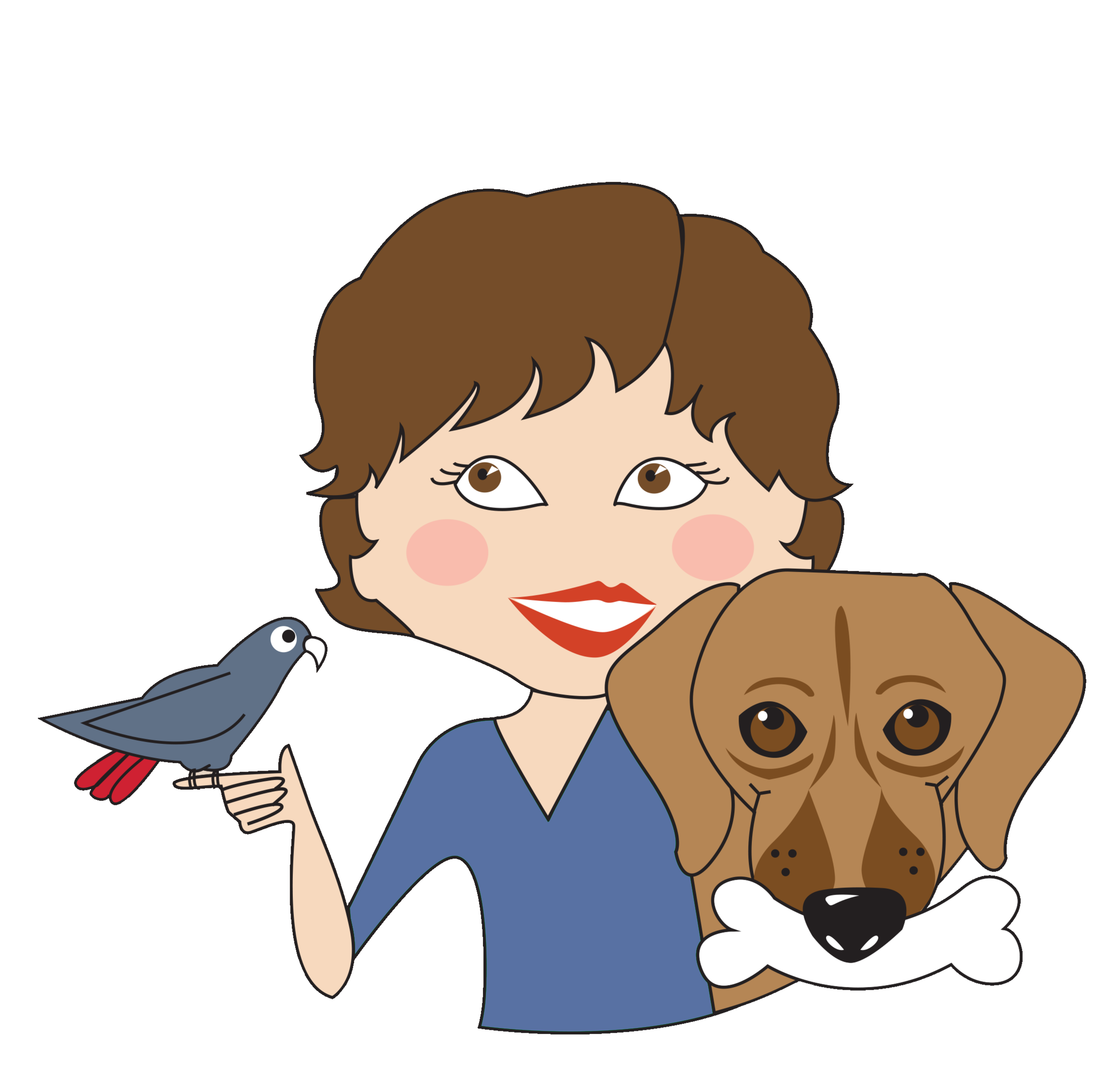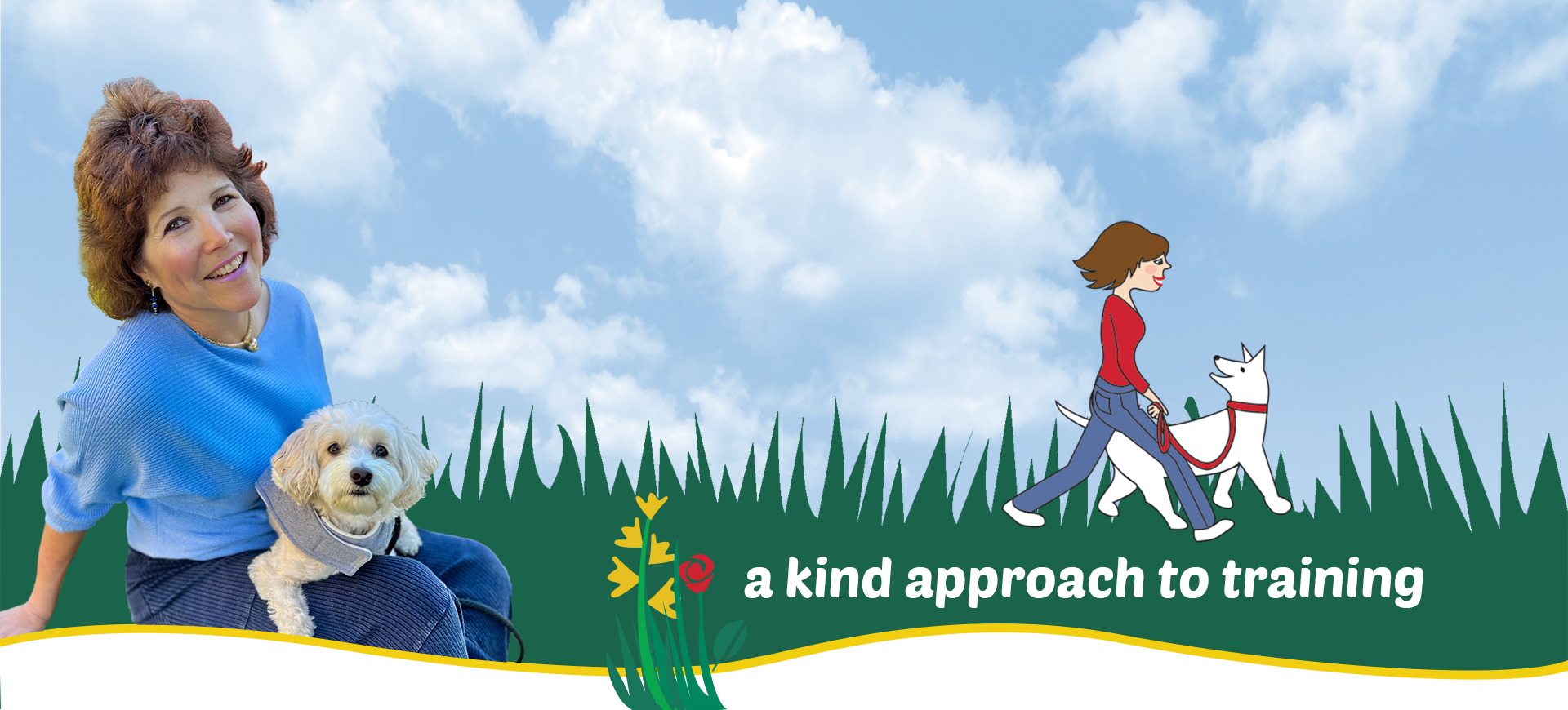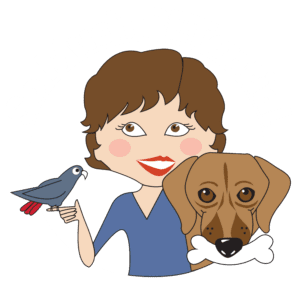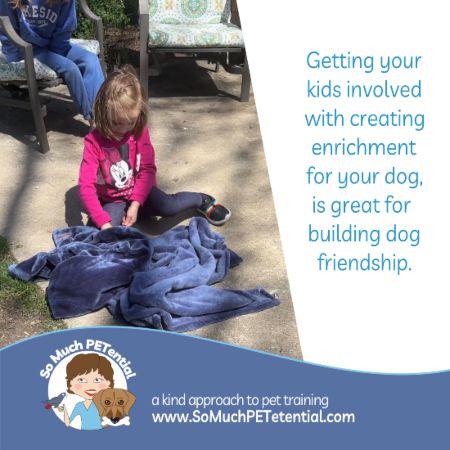As people, we can have a tendency to refer to our pets as either GOOD or BAD, but the truth is,
our pets really don’t see things the same. GOOD or BAD are really just examples of labeling your dog or parrot (or other type of pet). Let’s explore this topic further.
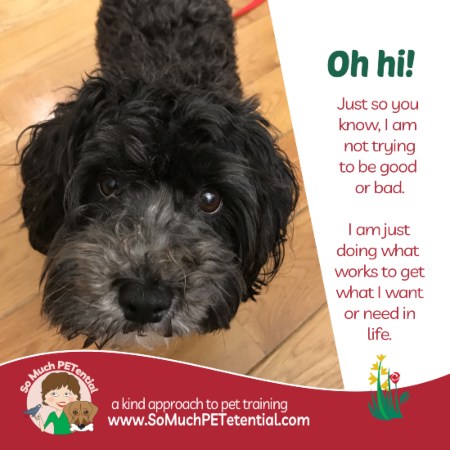
My precious mom used to call me to tell me their dog, Sam, was being a good boy. I’d ask her, what does ‘being good’ look like? And she would say, ‘he is not being bad.’
Hehe. If you were lucky enough to have known and loved my mom, you too would have giggled.
Anyway, the point is, those words…GOOD and BAD…they really do not tell me WHAT that animal is actually doing and why. That makes it difficult to problem solve if you are telling me you would like to see something change.
Behavior is a tool that all living beings use to get needs and wants met. In other words, if you see a behavior happening today, chances are your pet’s learning history has taught him THAT behavior works to achieve a consequence, which is a need or a want or both.
Dogs will pull on leashes because it gets them closer to something in the environment that brings them pleasure or it gets them farther from something they find aversive.
My African Grey, Barnaby, calls out, “Mommy here” because he wants me to come to him (often to either give him a treat, let him out, or another interaction).
Dogs may get into the garbage because it gets their sensory needs met, the opportunity to forage and find tasty food, and/or relief from boredom.
The next time, instead of labeling your dog or parrot by calling your pet GOOD or BAD, I want to encourage you to:
Ask yourself, what is my pet actually doing and why? For the why, look to the consequences and think about the learning history. What is it that is giving that behavior value to your pet?
If you enjoy your pet’s behavior, you can add extra value to it by adding a little extra something like tossing a treat. Keep in mind that sometimes, the value for your pet is intrinsic, like your pet may just really enjoy flopping a toy around independently. A behavior can become intrinsically valuable too after you have reinforced the behavior enough times. I spent so much time with my dog teaching him a mat is a safe place to settle that now I can pull out a mat in other environments, and he will just go to the mat to relax. (See this video that shows the impact of a cushion in the vet office.) The more experience your pet has with finding value in that behavior, the more often you will see that behavior.
If you do not like the behavior, ask yourself, what can you do to structure the environment differently to prevent that BAD behavior from being practiced? Remember, this is important because each time the BAD behavior is being practiced, it is being reinforced.
THEN ask yourself, what skills would be helpful for your pet to know to flip the scale from being BAD to being GOOD? Those skills should be a way of your pet accessing the same or better value than the BAD behavior. As an example, you can teach your dog that actually settling on a mat when the leash comes out rather than barking/jumping/running circles is what gets that leash to be attached.
If you are not so into training, sometimes – many times – the structure and management piece can be an effective solution. Maybe instead of continuing to walk your dog (who has a tendency to erupt into barking when in close proximity to other dogs) on your neighborhood streets, you opt to walk your dog in places you are less likely to run into dogs. Maybe, for your bird who chews on window frames, you do not allow your pet parrot access to the window frames and provide other opportunities for chewing.
Remember, behavior is ever evolving. So too is the environment and the motivation.
Be curious. Be adaptive. Be flexible.
But do not be a GOOD or BAD pet labeler.
